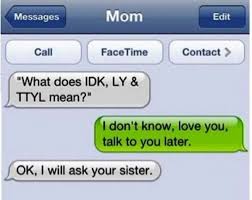English is an evolving language, characterized by its complex history. As America began printing newspapers and books, they changed the spelling of many words, with “colour” transforming into “color” and many other words. This illustrates that the rules of the English language are changed and adapted in response to cultural and technological shifts.
Social media has introduced further complications into the world of grammar. With the rise of platforms like Facebook, Instagram, and X, users are confronted with unique opportunities for communication. In this digital age, the boundaries of grammar and style are constantly changing.
Indeed, there is a growing acceptance of using improper grammar in social media posts, provided that the author does so purposefully and with an understanding of the message they wish to convey. For many, social media serves as a canvas for creative expression, where language is wielded as a tool for shaping tone, style, and personality. The intentional manipulation of grammar can add nuance and authenticity to one’s online persona, fostering connections and resonating with audiences on a deeper level.
Moreover, the diverse demographics of social media users, spanning varying levels of education and language proficiency, necessitate a flexible approach to communication. Simplified language and informal grammar may serve to make content more accessible and inclusive, bridging linguistic divides and fostering a sense of community among diverse groups.
In essence, the impact of social media on grammar is multifaceted and continually evolving. While it may challenge traditional notions of correctness and propriety, it also presents an opportunity for linguistic innovation and expression. Ultimately, the acceptability of using improper grammar in social media lies in the hands of its users, who wield language as a tool for connection, creativity, and self-expression in the digital age.
